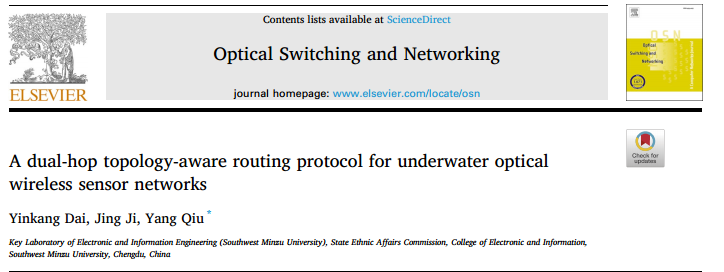
Abstract
Underwater Optical Wireless Communication (UOWC) is an emerging underwater wireless sensor network technology. Compared to acoustic waves and radio waves, optical waves can provide higher data rates and lower latency. However, considering the limited transmission range and energy supply of UOWC, as well as the existence of communication voids that may further reduce its transmission performance (such as packet sending rate), effective multi-hop routing schemes are urgently needed to extend the transmission range of UOWC while meeting performance requirements. In this paper, we propose a Dual-Hop Topology-Aware (DHTA) routing algorithm for UOWC. This algorithm adopts a dual-hop routing strategy that reduces the likelihood of messages entering void areas, thus improving the delivery rate of messages. The algorithm selects the next relay node by comprehensively considering the available transmission distance and the deviation of transmission direction, which can effectively reduce the average energy consumption of the network. Additionally, the algorithm uses thresholds for energy balancing to prevent excessive energy consumption in certain nodes. Simulation results verify that the proposed DHTA routing algorithm effectively alleviates the impact of void areas on forwarding packets, improves the packet delivery rate, and reduces average energy consumption and energy standard deviation.
Research Highlights
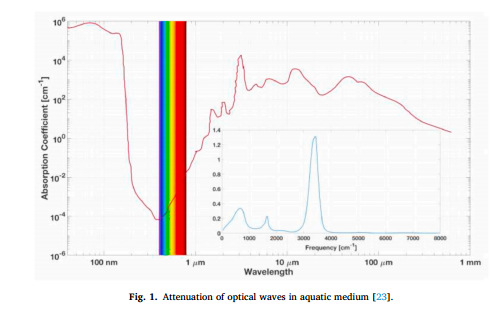
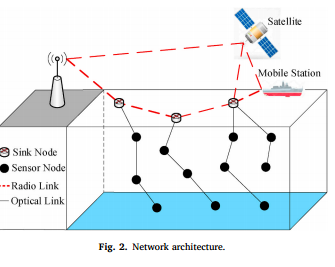
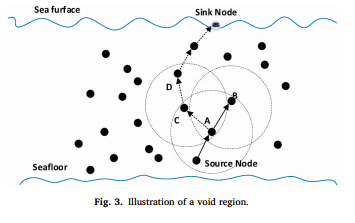
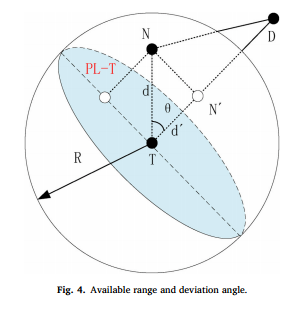
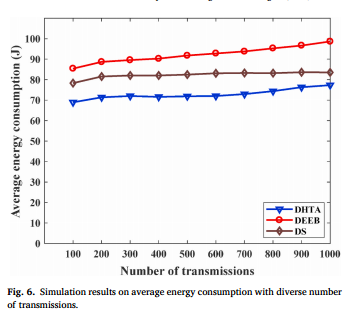
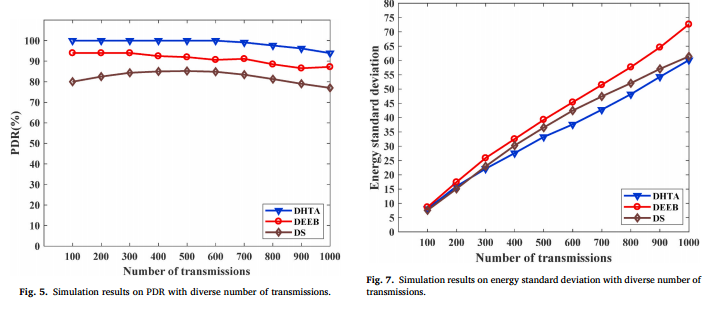
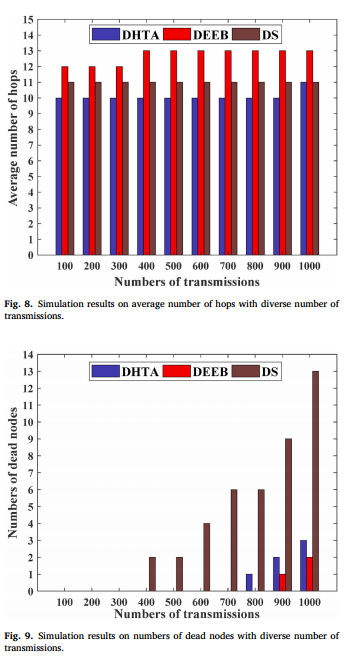
Conclusion
In this paper, we propose a Dual-Hop Topology-Aware routing protocol (DHTA) for 3D UOWSNs. The dual-hop topology-aware strategy forms a candidate set of relay nodes. By reducing the likelihood of packets entering void areas, the PDR performance can be improved. Furthermore, the proposed DHTA algorithm balances node energy consumption through energy thresholds. When selecting the next relay node, it maximizes the available distance and minimizes directional deviation. This effectively reduces the number of hops required for transmission, saving energy. The feasibility of this protocol is verified through numerical simulations.
Simulation results indicate that the proposed DHTA algorithm outperforms existing DEEB and DS protocols in terms of PDR. Additionally, the proposed DHTA algorithm demonstrates superior performance in average energy consumption compared to DEEB and DS algorithms, with reduced energy standard deviation.

【Disclaimer】Some images and textual information in this article come from this literature, and the copyright belongs to the original author. If you believe that the source of information or opinions is incorrect, or if there are issues related to copyright or privacy, please contact us promptly via VX:acoustic_engineersSync18502558785
